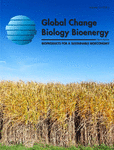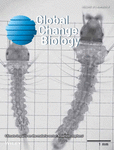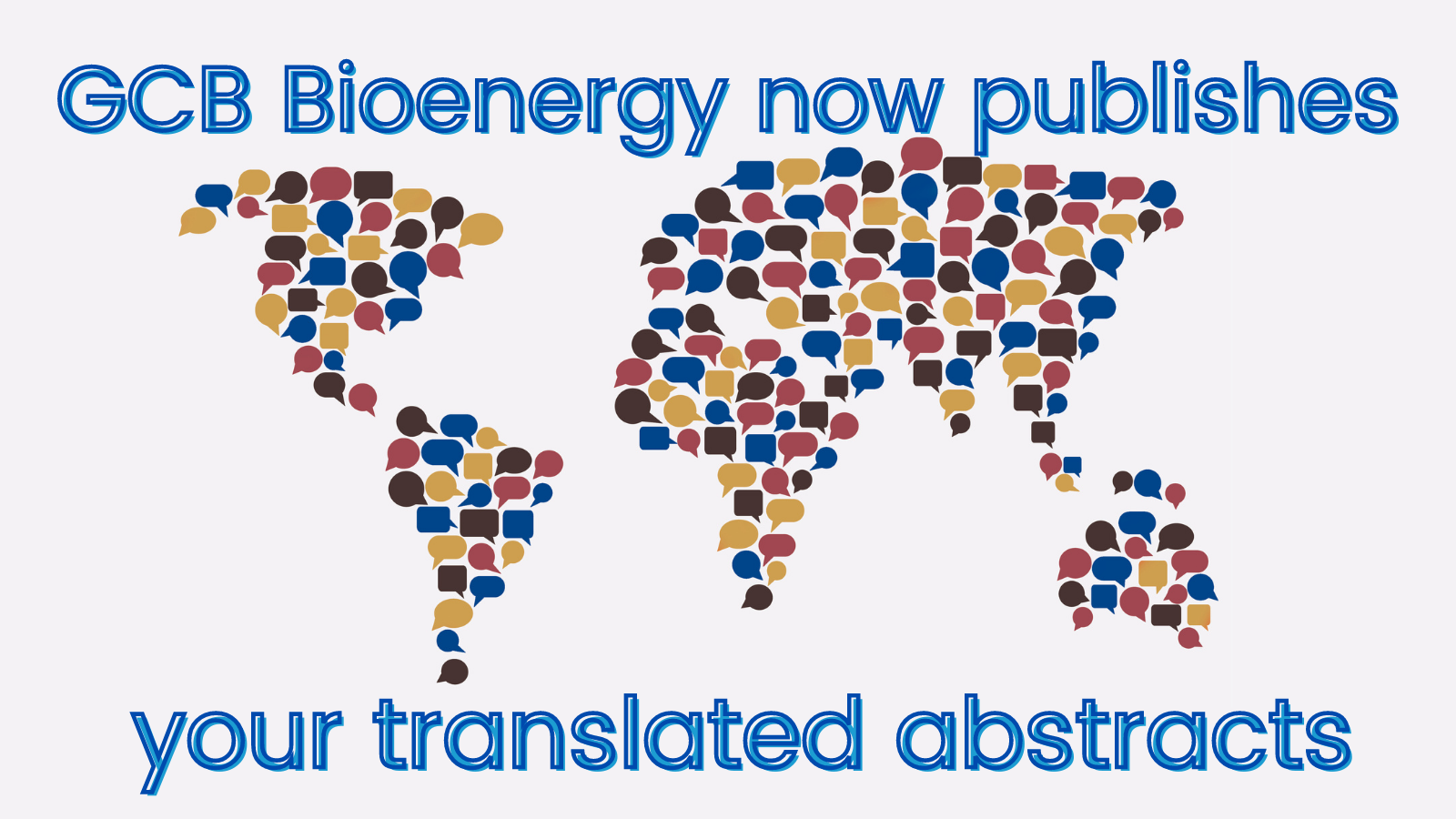Journal list menu
Export Citations
Download PDFs
ISSUE INFORMATION
RESEARCH ARTICLES
Long-term successive biochar application increases plant lignin and microbial necromass accumulation but decreases their contributions to soil organic carbon in rice–wheat cropping system
- First Published: 29 April 2024
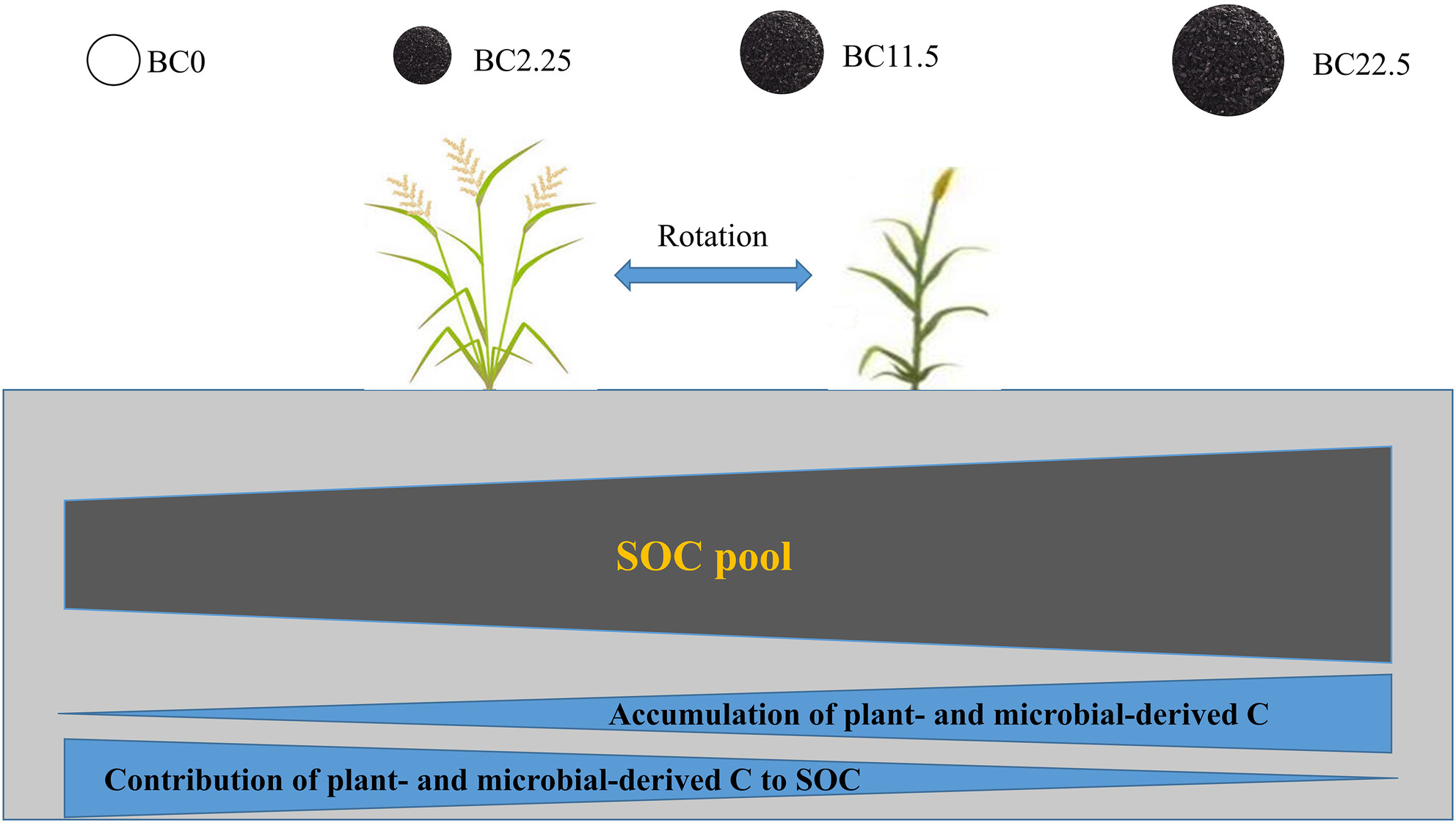
Long-term successive biochar application increases lignin phenols accumulation by stimulating root biomass, whereas biochar application enhanced microbial necromass by increasing microbial biomass and plant lignin. Long-term biochar application decreases the contributions of plant lignin and microbial necromass to soil organic carbon in paddy soils.
Formulating new types of rice husk biochar-based fertilizers for the simultaneous slow-release of nutrients and immobilization of cadmium
- First Published: 30 April 2024
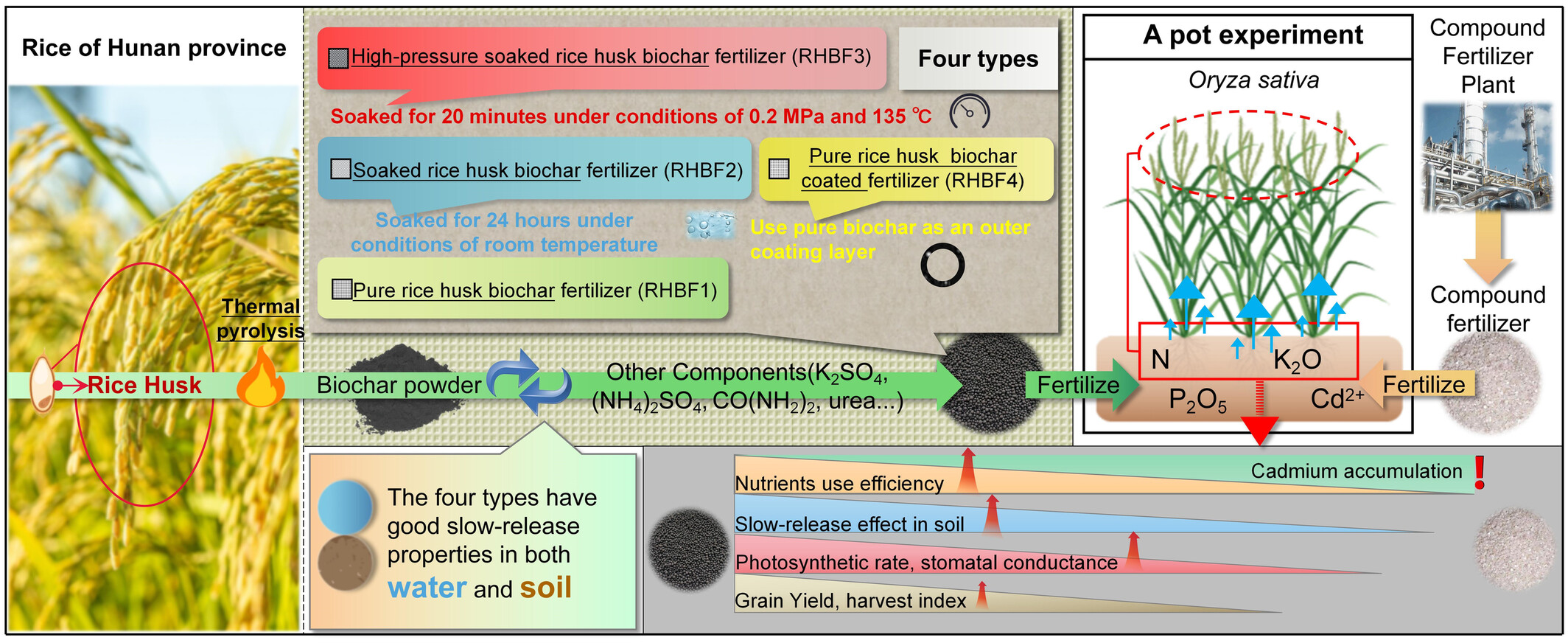
Fertilizers produced based on the rice-husk derived biochar generally have the capacity of nutrients slow-releasing and cadmium immobilization. Moreover, application of rice husk biochar derived fertilizer induced a marked enhancement in the nutrient use efficiency, grain yield, harvest index, and photosynthetic characteristics. These are particular true for the high-pressure soaked rice husk biochar produced fertilizer.
Bio-innovation for environmental sustainability: Asymmetric nexus between bioenergy technology budgets and ecological footprint
- First Published: 30 April 2024
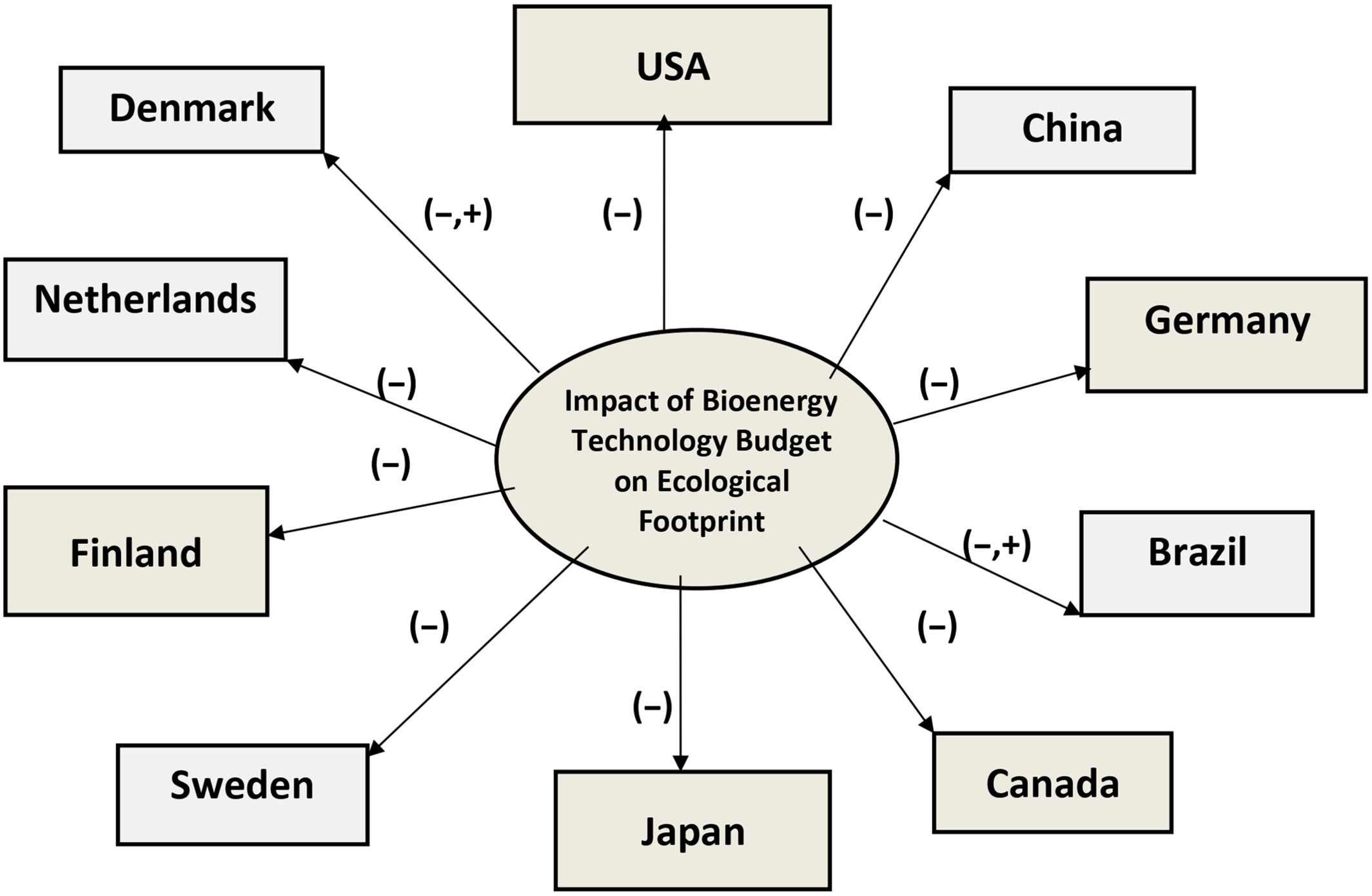
This work probes the influence of bioenergy technology budgets on the ecological footprint (ECF) in the top 10 nations that invest in bioenergy research and development (USA, China, Brazil, Germany, Japan, Canada, Sweden, Finland, Denmark, and the Netherlands). The findings indicate that dedicating budgets to bioenergy technology improves environmental quality by reducing ECF across several quantiles within our sample nations.
REVIEWS
Nitrogen acquisition and retention pathways in sustainable perennial bioenergy grass cropping systems
- First Published: 02 May 2024
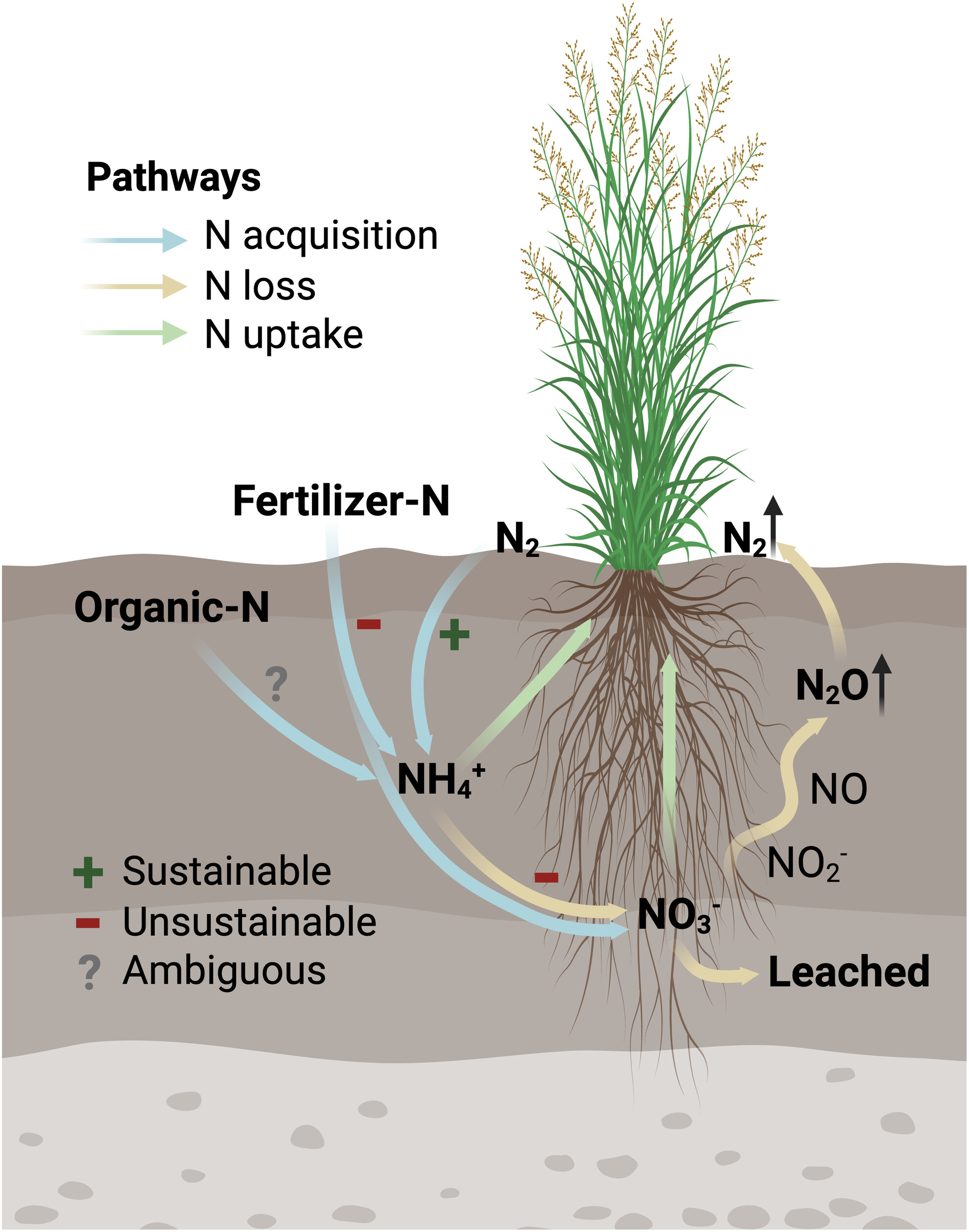
Perennial tall grasses sustain high biomass yield with minimal synthetic nitrogen (N) fertilizer, potentially by leveraging biological N fixation and nitrification inhibition. Enhancing these traits through research and breeding can further reduce their reliance on N fertilizer and thereby support more resilient and environmentally sustainable agricultural systems, while also tackling global energy challenges.
Enviro-economic and feasibility analysis of industrial hemp value chain: A systematic literature review
- First Published: 03 May 2024
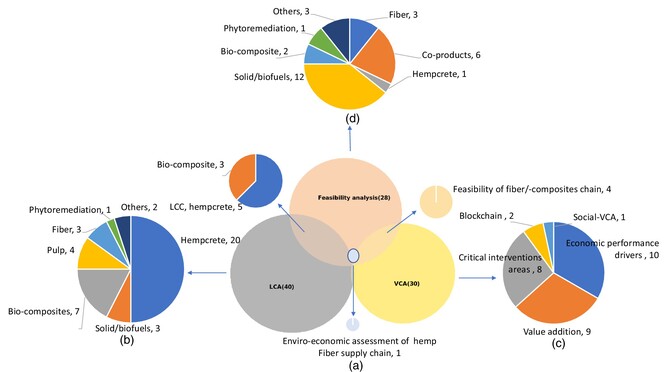
This study assesses the environmental impact of different stages involved in the production of industrial hemp products through lifecycle analysis (LCA) and analyzes their economic viability through a value chain analysis. Additionally, a feasibility. The study provides a quantitative analysis of the environmental and economic fate of major industrial hemp products.
RESEARCH ARTICLES
Estimating the energy return on investment of forestry biomass: Impacts of feedstock, production techniques and post-processing
- First Published: 06 May 2024
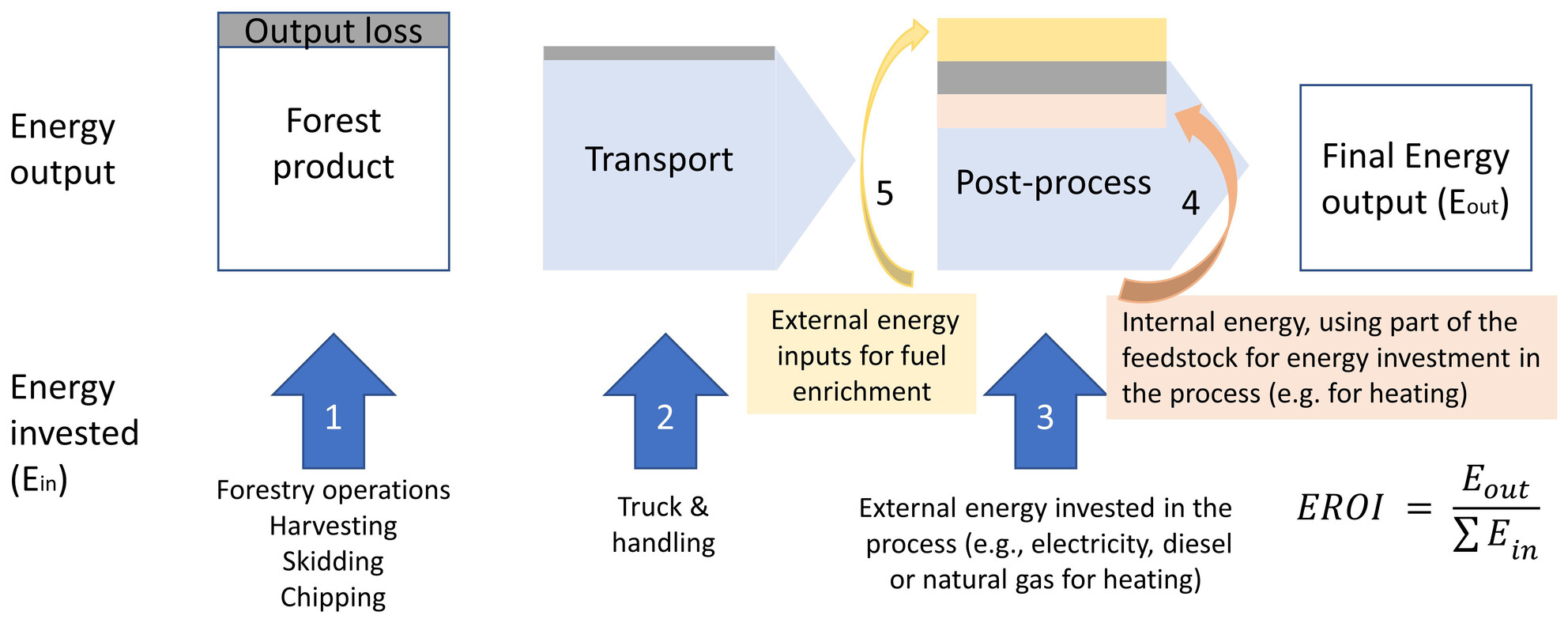
This diagram illustrates energy investment and output in estimating the Energy Return on Investment (EROI) of woody biomass fuels. Arrows 4 and 5 underscore conceptual challenges like auto-consumption and fuel enrichment. This study refines EROI conceptualization, aiming for consistency in post-processed biomass fuels. It accounts for external energy investments and grey energy from fuel enrichment. The method yields woodchip EROIs of 20 to 37, varying with forestry practices and machinery. Further processing into pellets or liquid fuels alters EROIs: pellets range from 4 to 23 depending on heat source, while liquid fuels from gasification have EROIs of 4 to 16.
Altering plant carbon allocation to stems has distinct effects on rhizosphere soil microbiome assembly, interactions, and potential functions in sorghum
- First Published: 11 May 2024
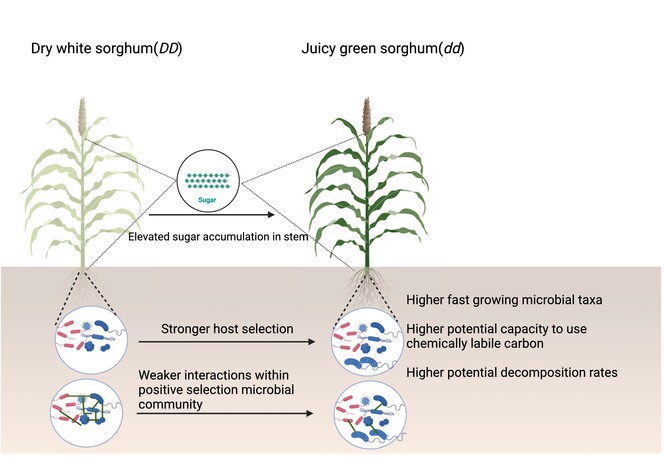
Altering plant carbon allocation from leaves to stems is key to improve biomass for forage, fuel, and renewable chemicals. However, it remains unclear whether altering sorghum sugar accumulation in stem affects belowground microbiome. Results showed enhanced carbon accumulation in stems of juicy green sorghum results in stronger selection in the rhizosphere soil microbial communities those tended to be fast-growing microbial taxa which possessed potential functions of promoting higher potential capacity to use chemically labile carbon sources and higher decomposition rates. This study indicates future plant modification for bioenergy crops should consider impacts on belowground microbial community without compromising the sustainability.
REVIEWS
Hydrothermal carbonization: Sustainable pathways for waste-to-energy conversion and biocoal production
- First Published: 15 May 2024
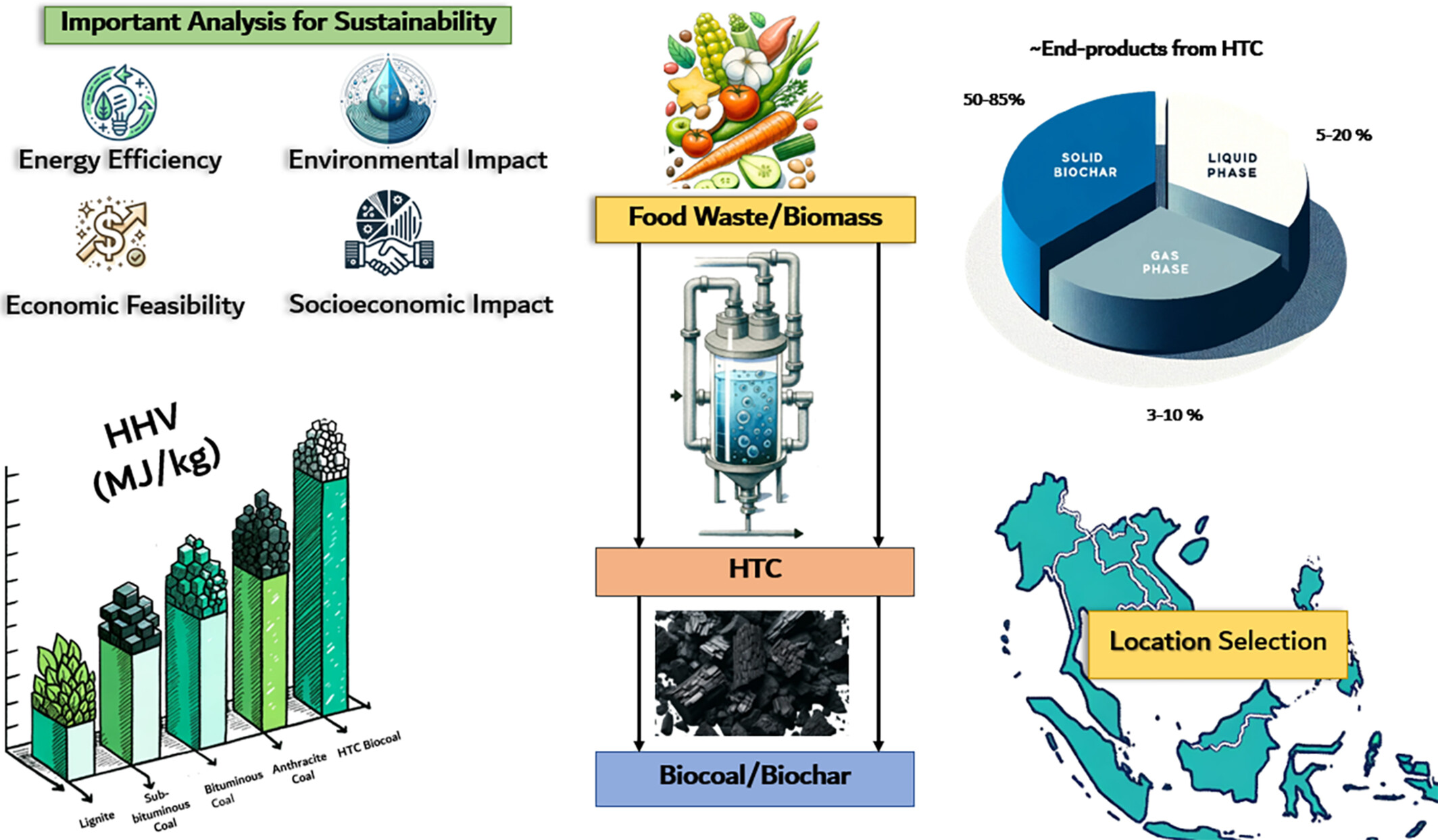
Hydrothermal carbonization (HTC) provides a robust and eco-friendly strategy for transforming wet biomass into biocoal, a renewable energy source that mimics the properties of lignite coal. This process, which does not require the drying of biomass, converts organic waste into valuable solid, liquid, and gaseous products under specific temperature and pressure conditions. It presents a significant advancement in sustainable waste management and energy production, demonstrating potential for broader adoption across various biomass types to enhance energy efficiency and environmental sustainability.
RESEARCH ARTICLES
Early impacts of marginal land-use transition to Miscanthus on soil quality and soil carbon storage across Europe
- First Published: 20 May 2024
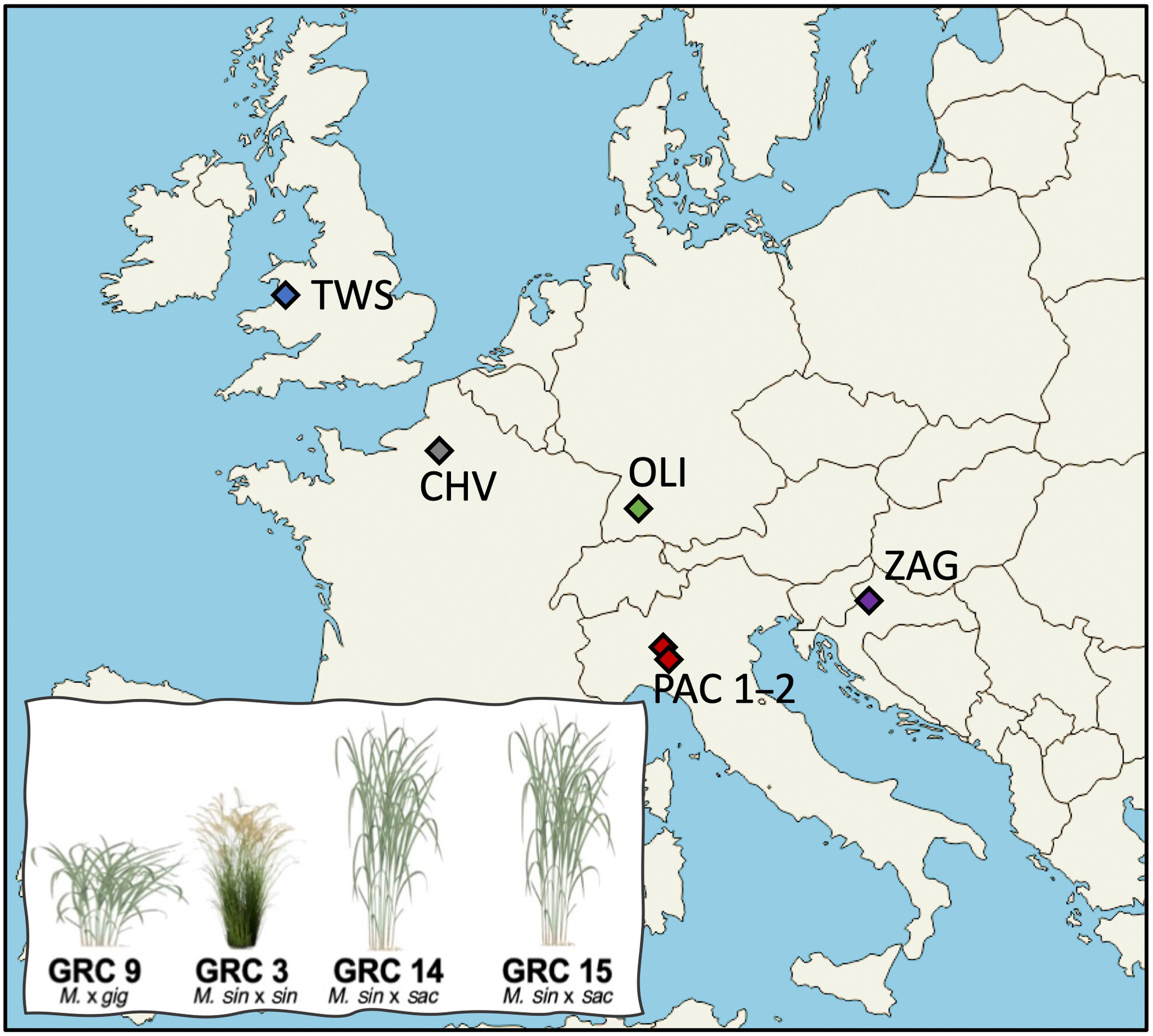
Advances in Miscanthus domestication are needed to breed novel genotypes to secure feedstock for the bio-based economy and offering environmental benefits. Here, novel high-yielding Miscanthus hybrids were chosen to evaluate their potential to sequester soil organic carbon and improve soil quality on marginal lands. To do this, plant carbon input to soil was estimated, while multiple soil quality indicators were assessed. Results suggested that introducing Miscanthus impacts positively soil biological quality, but targeted fertilization plans are needed to secure crop yield over the long term as well as the C sink capacity of this perennial cropping system.
REVIEWS
Systemic review for the use of biochar to mitigate soil degradation
- First Published: 20 May 2024
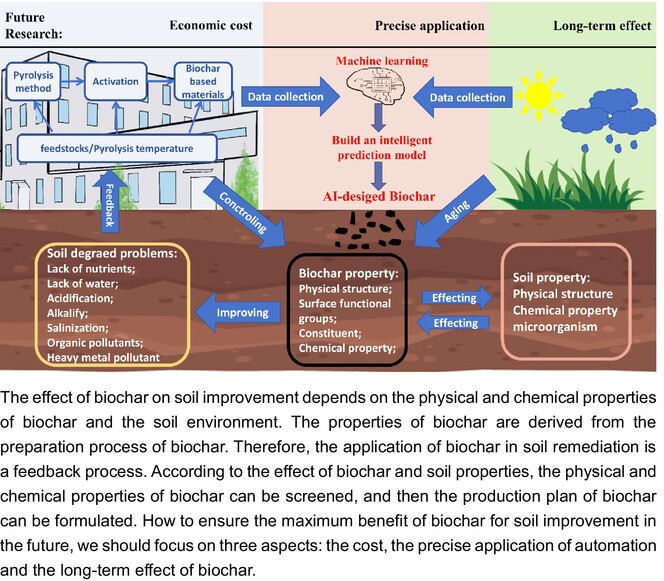
Biochar is a black carbon material produced by high-temperature, low-oxygen pyrolysis of organic solids that can improve soil fertility, maintain carbon neutrality, mitigate environmental pollution, and reduce greenhouse gas emissions. The improvement of degraded soil by biochar depends on its specific properties, which are determined by the method in which biochar is produced, that is, by the feedstock type, such as animal manure and municipal waste, and the type of pyrolysis. In addition, functional materials such as metal oxide particles, organic matter, clay minerals, fertilizers, and microorganisms can be combined with biochar to produce new biochar-based materials with different properties.
RESEARCH ARTICLES
Techno-economic and life cycle analysis of renewable natural gas derived from anaerobic digestion of grassy biomass: A US Corn Belt watershed case study
- First Published: 22 May 2024
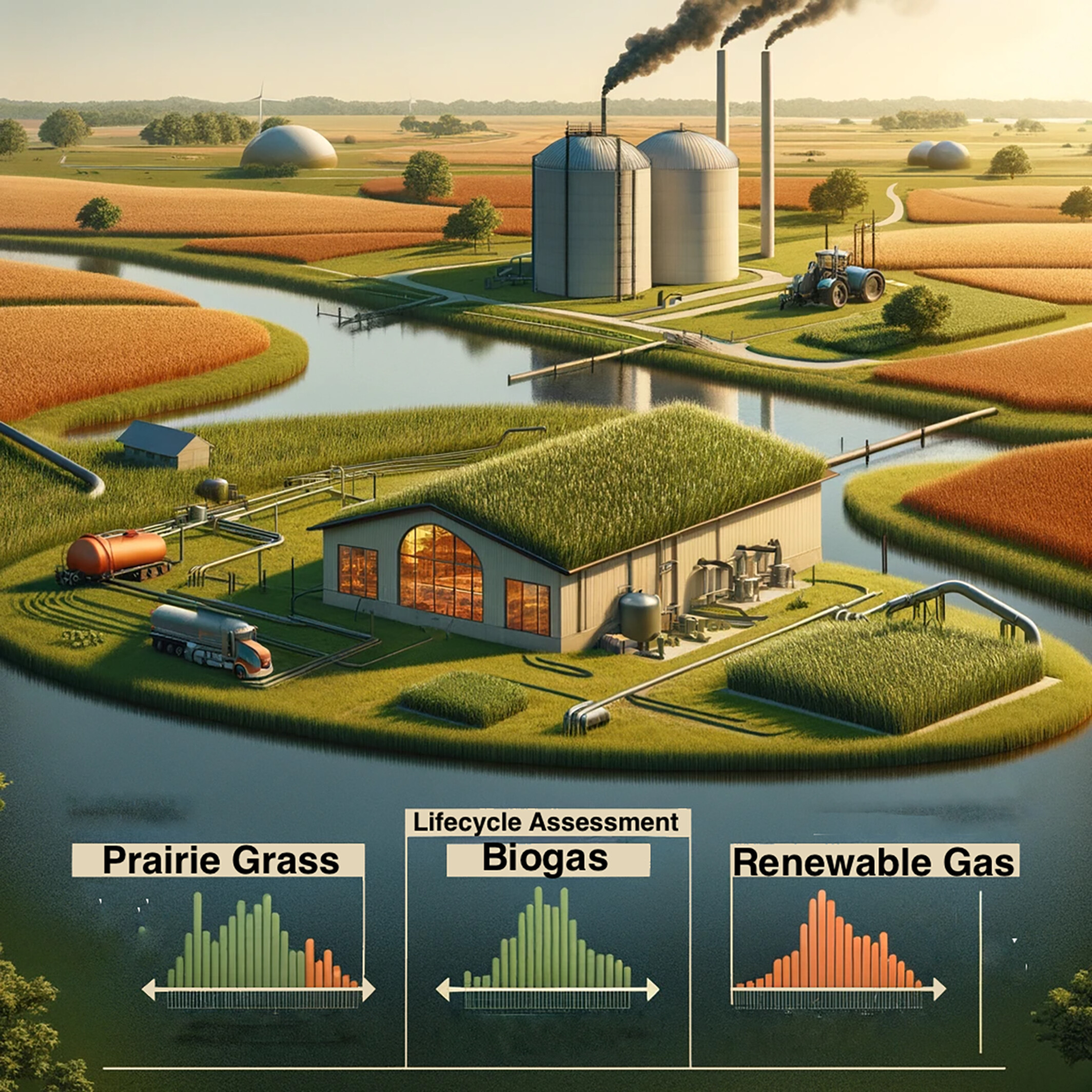
Restoring native grasslands in agricultural watersheds can enhance ecosystem services and offer profitable routes for biomass use in renewable natural gas (RNG) production. Our study assessed the techno-economic and life cycle impacts of converting grassy biomass to RNG via anaerobic digestion, observing RNG outputs between 0.12 and 45.04 million gigajoules. Economic viability, based on a net present value ranging from −$97 to $422 million, relies on environmental credits. RNG production from this pathway emits significantly lower CO2 compared to fossil fuels, meeting stringent EPA standards for cellulosic biofuels, and showcasing the sustainable potential and challenges of this approach.




